You can charge a YoYo Car at designated charging stations, public electric vehicle (EV) charging points, or private charging setups at home. Many YoYo Cars come with portable charging cables, allowing you to connect them to standard home outlets. Additionally, some charging networks offer apps to locate the nearest compatible charging stations.
Introduction to Yoyo Cars and Their Growing Popularity
Have you heard about Yoyo Cars? These compact electric vehicles are gaining popularity among urban dwellers and sustainable living advocates. With their eco-friendly design and practical size, Yoyo Cars offer a fresh take on personal transportation that appeals to many. But what makes them tick? At the heart of their convenience lies the ability to quickly charge and get back on the road. In this post, we’ll explore the ins and outs of charging your Yoyo Car, providing the insights you need to keep your vehicle ready to go.
The Importance of Charging Infrastructure for Electric Vehicles
The rise of electric vehicles, including Yoyo Cars, marks a significant shift towards sustainability. However, for this transition to be successful, a robust charging infrastructure is essential. According to the International Energy Agency, over 10 million electric vehicles were on the roads globally in 2020, a 43% increase from the previous year. This surge highlights the urgent need for accessible and efficient charging solutions. Dr. Emily Green, an environmental scientist, notes, “The growth of Yoyo Cars and electric vehicles is a pivotal step towards a more sustainable future. However, the success of this transition heavily relies on accessible and efficient charging infrastructure.”
Charging infrastructure not only supports the functionality of electric vehicles but also instills confidence in potential buyers. A study by the European Automobile Manufacturers’ Association found that the availability of charging infrastructure and the speed of charging were top factors influencing purchasing decisions in Europe. With these considerations in mind, developing a network of charging stations is crucial to encourage widespread adoption of electric vehicles.
Where to Charge a Yoyo Car
Charging your Yoyo Car is as simple as plugging in your smartphone. You have several options when it comes to keeping your car charged and ready to go.
Home Charging
One of the most convenient ways to charge your Yoyo Car is at home. Sarah Lee, a sustainable transport advocate, says, “Charging at home is the most convenient and cost-effective solution for many Yoyo Car owners.” By installing a home charging station, you can plug in your car overnight and wake up to a full battery. The U.S. Department of Energy reports that home charging can cost significantly less than fueling with gasoline, saving drivers an average of over $600 per year.
Public Charging Stations
For those without access to private parking or who frequently travel long distances, public charging stations are essential. In 2020, the number of public charging points worldwide reached over 1 million, with China, Europe, and the U.S. leading in infrastructure growth. Public stations provide the flexibility to charge your Yoyo Car while on the go, reducing range anxiety and ensuring you can travel further afield with confidence.
Emerging Technologies
The future of charging is exciting, with innovations such as wireless and rapid charging on the horizon. Michael Chen, an electrical engineer, highlights that “innovations in charging technology, such as wireless and rapid charging, are set to revolutionize the electric vehicle experience.” These advancements promise to make charging faster, more convenient, and more widely accessible, benefiting all Yoyo Car owners.
Best Practices for Charging Your Yoyo Car
To maximize efficiency and maintain battery health, it’s important to follow best practices for charging your Yoyo Car.
Optimize Charging Times
Charging your Yoyo Car during off-peak hours can save you money and reduce strain on the power grid. Many electricity providers offer discounted rates during these times, allowing you to charge your vehicle economically.
Maintain Battery Health
To extend the lifespan of your battery, avoid letting it run completely flat before recharging. Instead, aim to keep your battery level between 20% and 80%. Regularly checking your vehicle’s software for updates can also ensure optimal performance and energy use.
Use Certified Equipment
Always use certified charging equipment and follow the manufacturer’s guidelines to prevent damage to your vehicle and ensure safe charging.
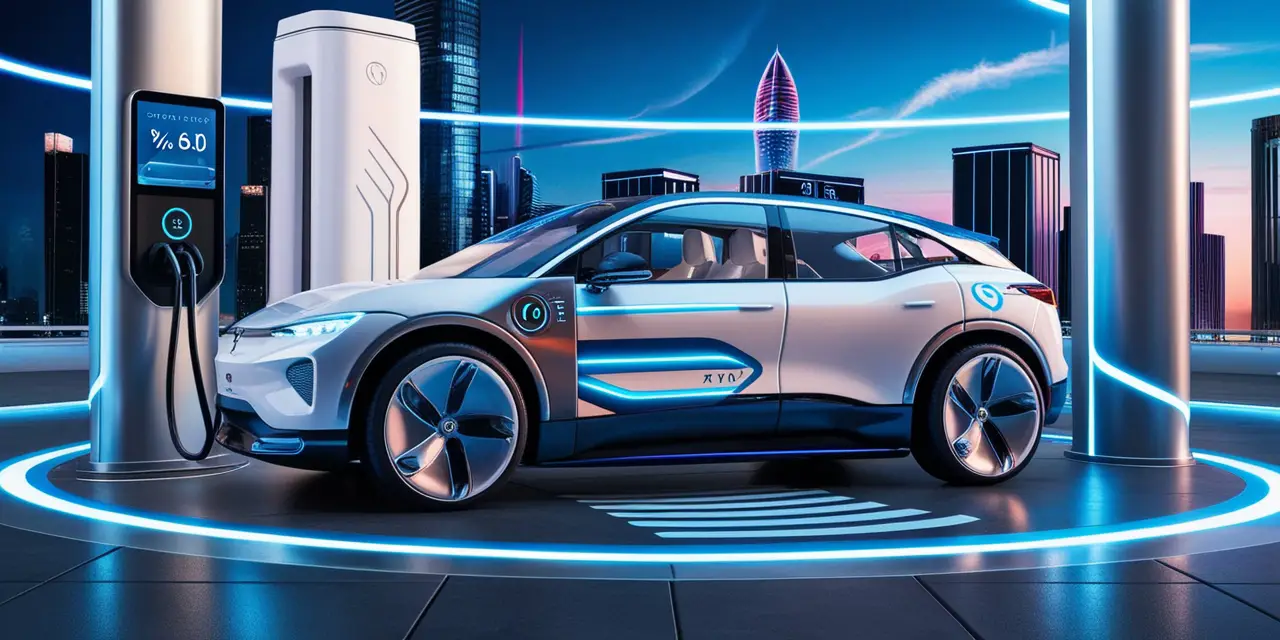
Challenges and Solutions for Yoyo Car Owners
Despite the benefits, Yoyo Car owners may face challenges related to range anxiety and charging accessibility.
Addressing Range Anxiety
Range anxiety, or the fear of running out of charge before reaching a destination, is a common concern for electric vehicle owners. To combat this, plan your routes in advance and identify charging stations along the way. Utilizing navigation apps that highlight charging station locations can help alleviate this worry.
Improving Accessibility
In densely populated areas, finding a suitable charging spot can be challenging. Alex Johnson, an electric vehicle researcher, notes, “The development of a robust charging network is crucial. This network must be accessible to all, including those without private parking.” By advocating for the expansion of public charging infrastructure, Yoyo Car owners can contribute to making charging more accessible for everyone.
The Future of Yoyo Cars and Electric Vehicle Charging
The future of Yoyo Cars and electric vehicle charging is bright, with innovations poised to reshape the landscape. From advancements in battery technology to the development of ultrafast charging networks, the possibilities are endless.
Innovations in Battery Technology
Researchers are continually working to improve battery efficiency and extend the range of electric vehicles. These advancements will enable Yoyo Cars to travel further on a single charge, reducing the frequency of charging stops and enhancing the overall driving experience.
Expansion of Charging Networks
With projections estimating that 18.7 million electric vehicles will be on U.S. roads by 2030, requiring about 9.6 million charging ports, the expansion of charging networks is inevitable. Efforts to increase the number of charging stations will make owning a Yoyo Car more convenient and appealing to a broader audience.
Sustainable Energy Integration
The integration of renewable energy sources, such as solar and wind power, into the charging infrastructure will further enhance the sustainability of Yoyo Cars. By leveraging clean energy for charging, the environmental impact of electric vehicles will be minimized, contributing to a greener future.
Conclusion
Yoyo Cars represent a significant step forward in sustainable transportation. By understanding where to charge your vehicle and following best practices, you can enjoy the benefits of electric driving while minimizing challenges like range anxiety. Expert insights confirm that the success of electric vehicles like Yoyo Cars hinges on the continued development of accessible and efficient charging infrastructure. By staying informed and advocating for improvements in charging technology, Yoyo Car owners can contribute to a sustainable future.
If you’re ready to explore the potential of Yoyo Cars and electric vehicles, stay updated on innovations, and join a community of like-minded individuals, start by considering your charging options and integrating sustainable practices into your daily routine. Together, we can drive the change towards a cleaner, more sustainable world.



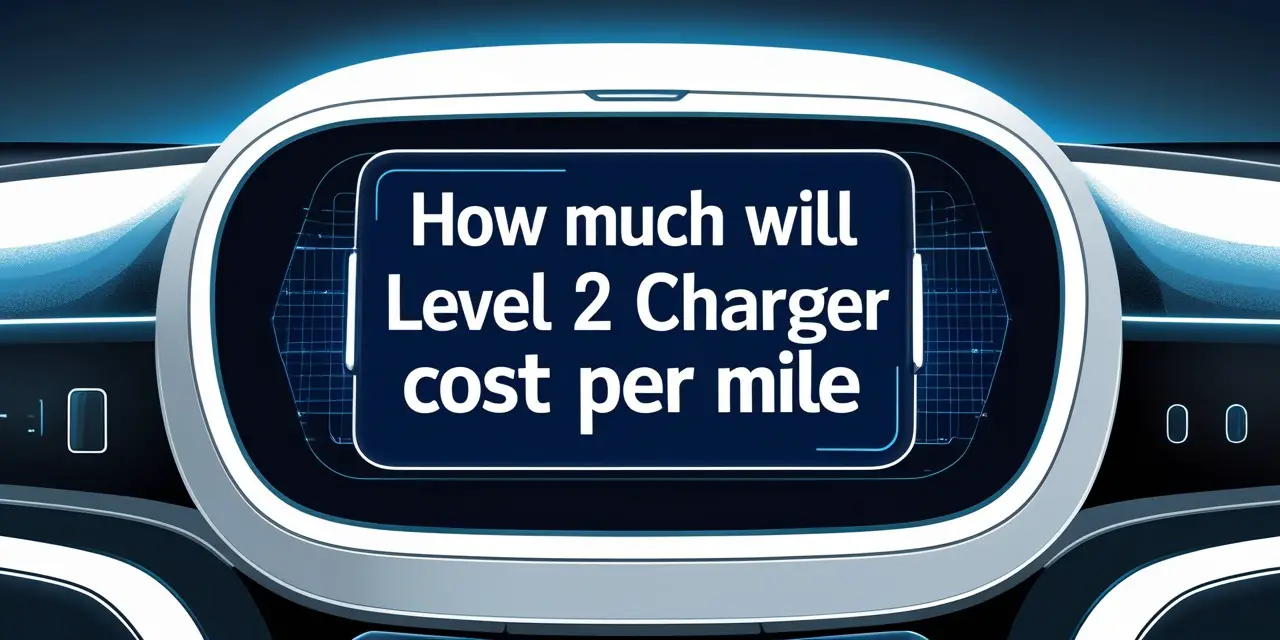
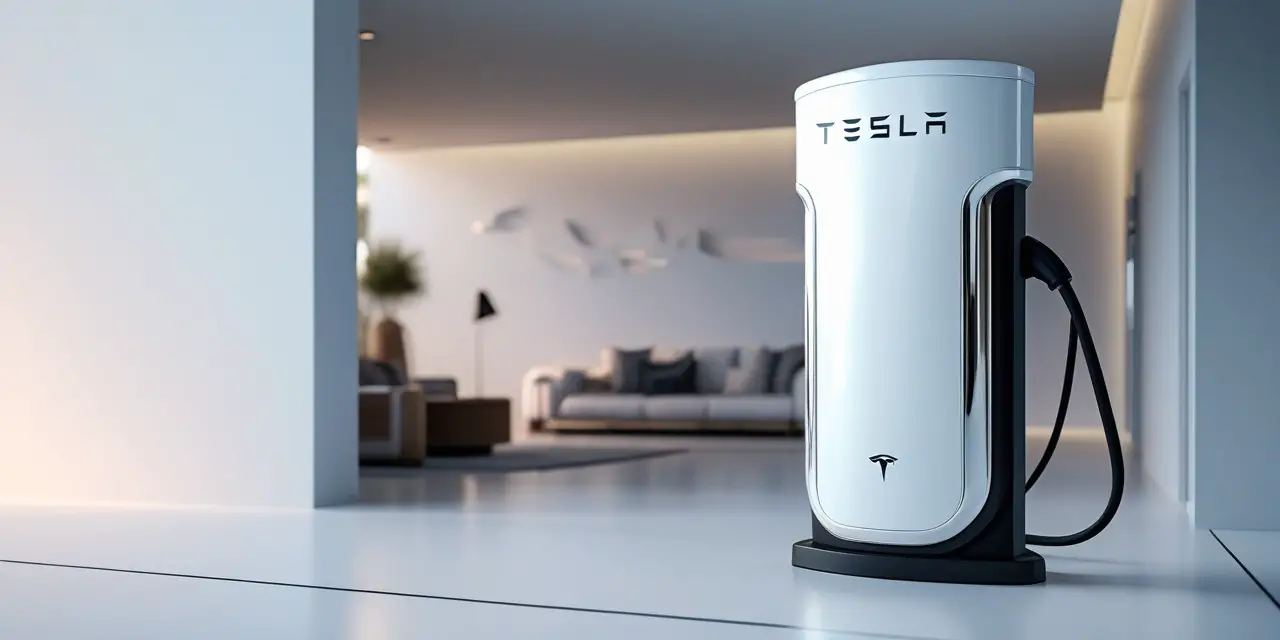
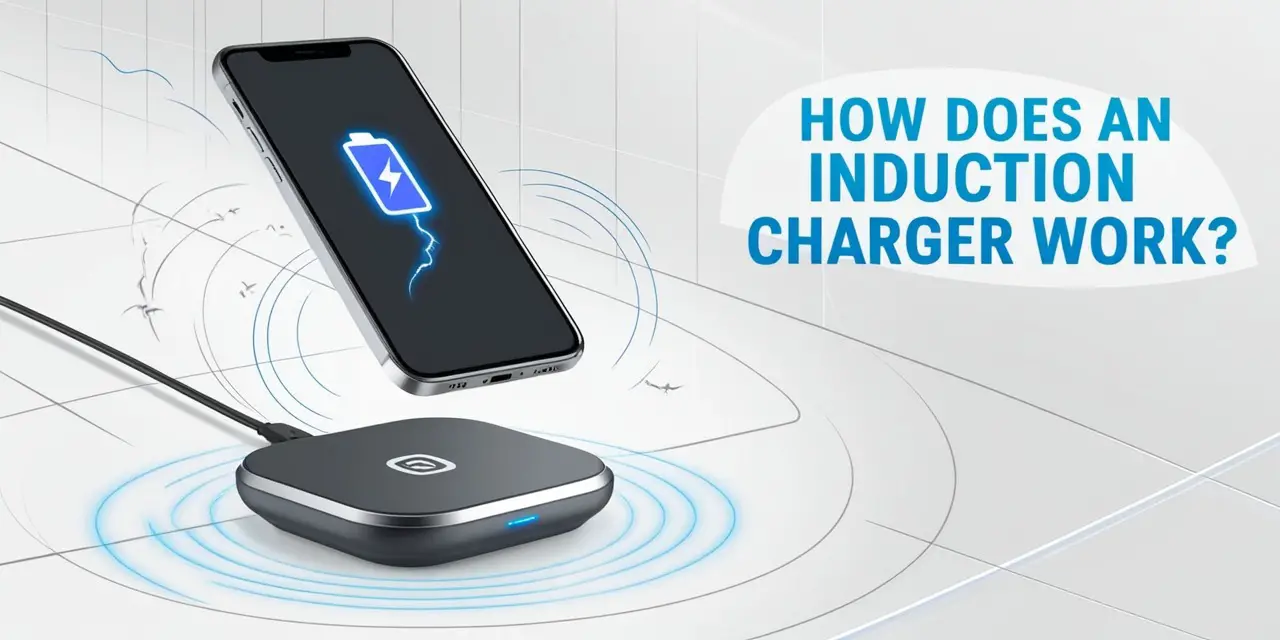
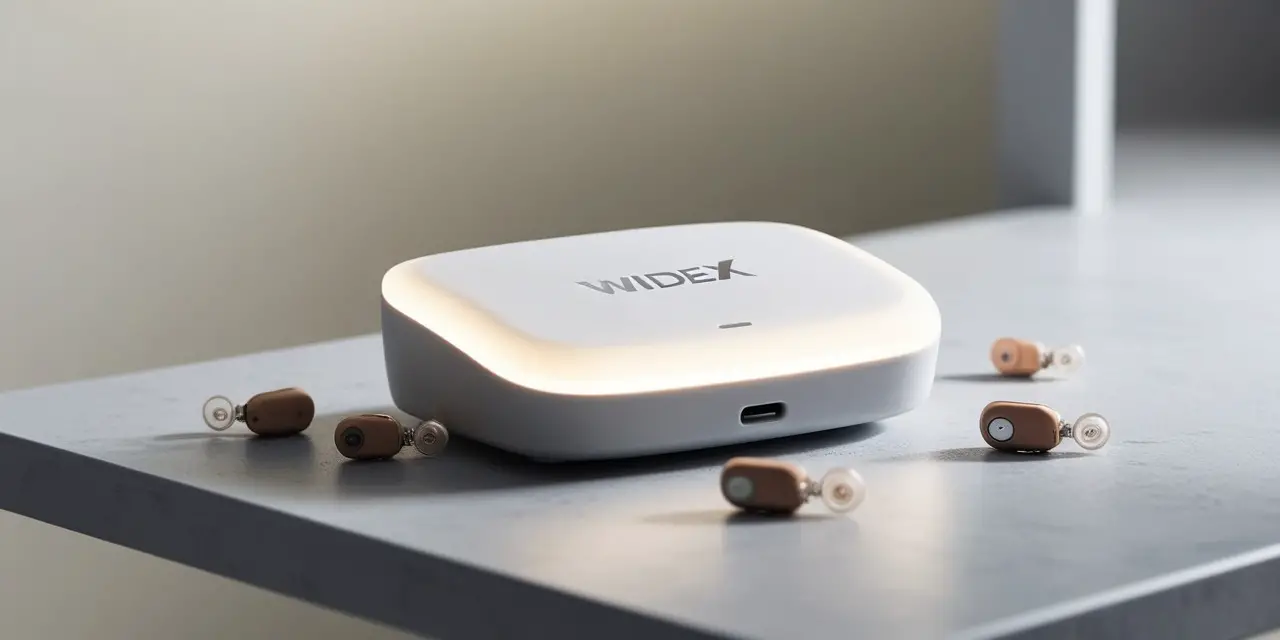
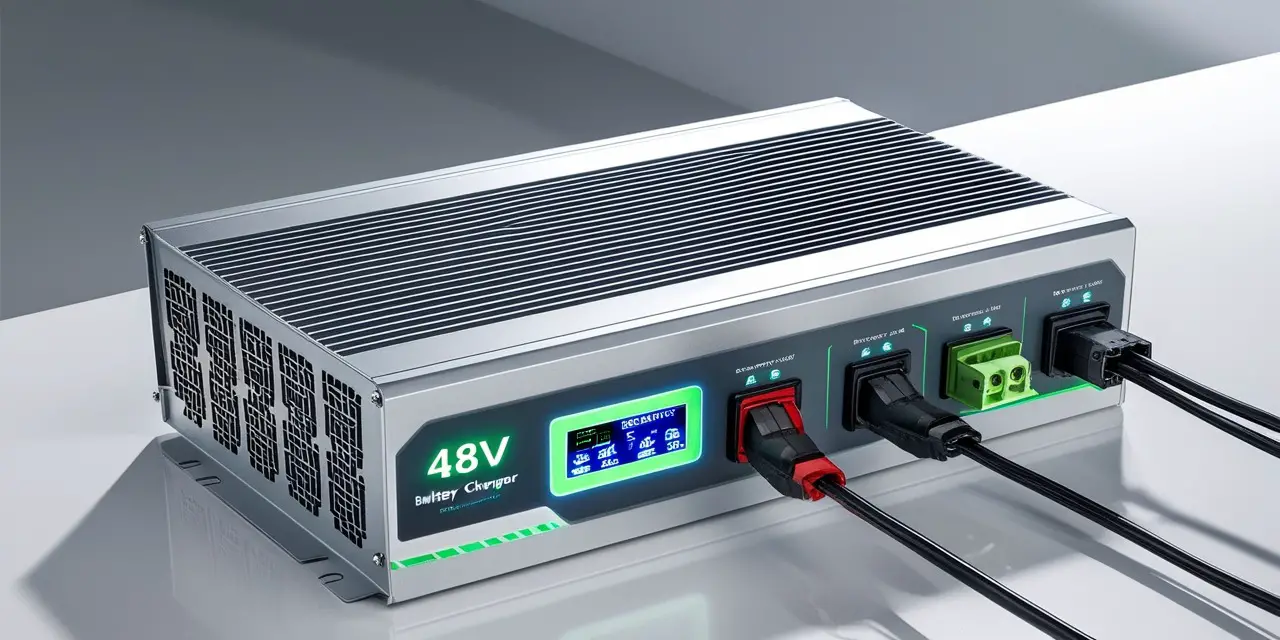
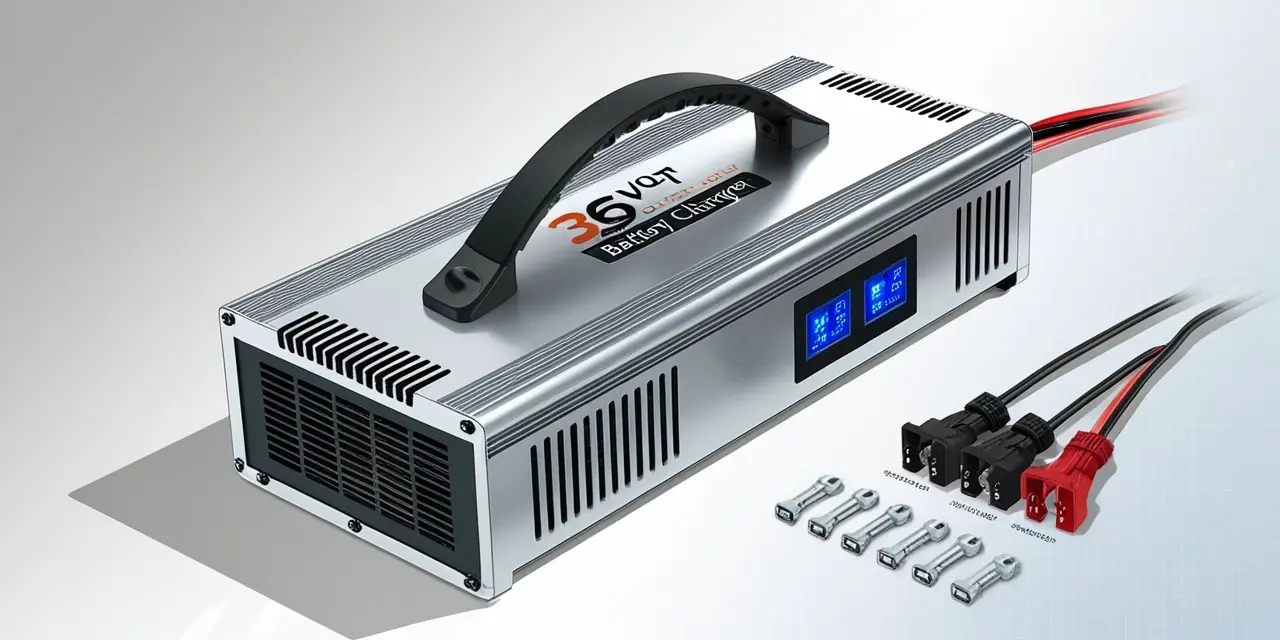
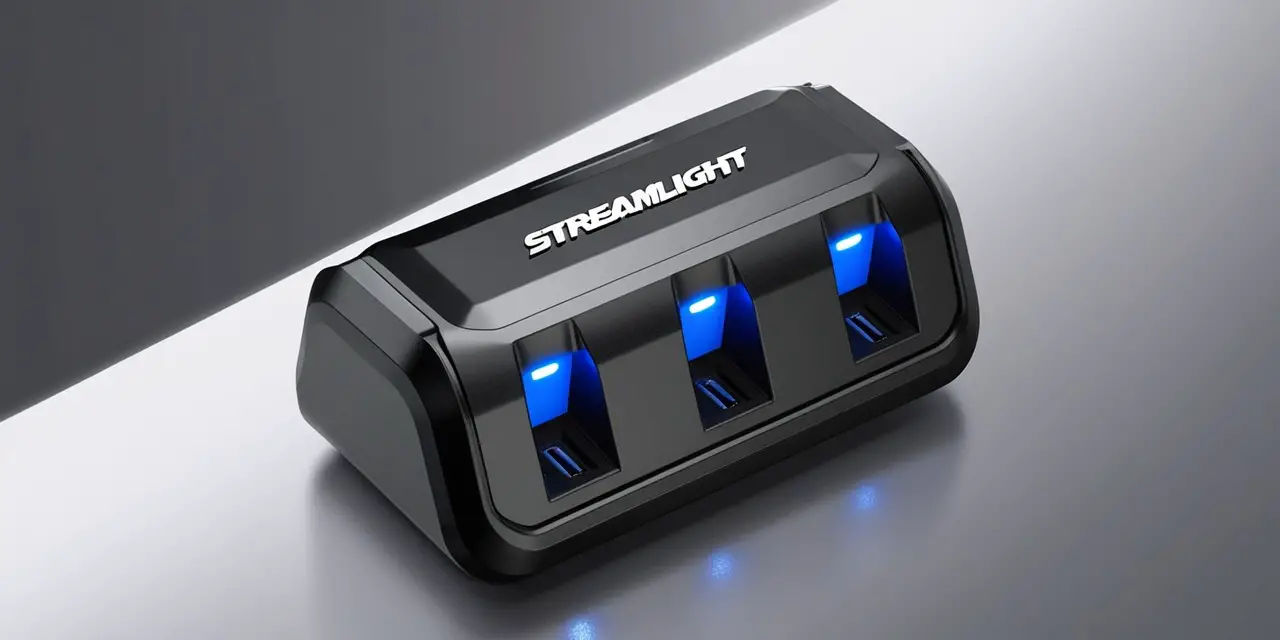
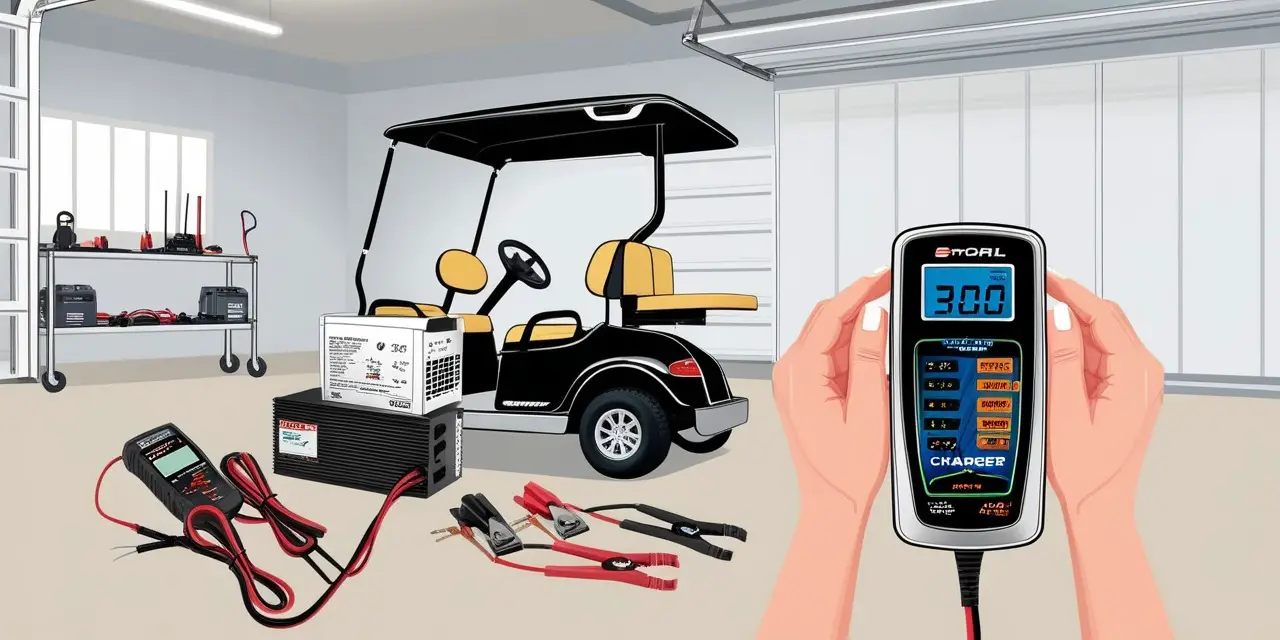
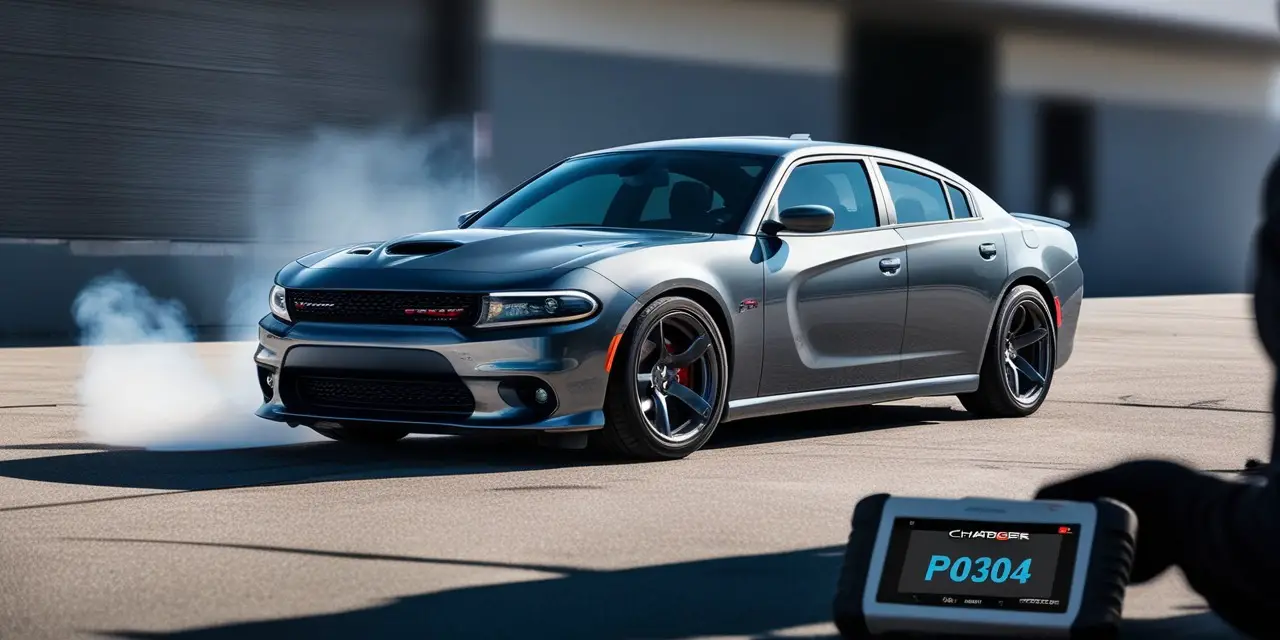
Leave a Reply